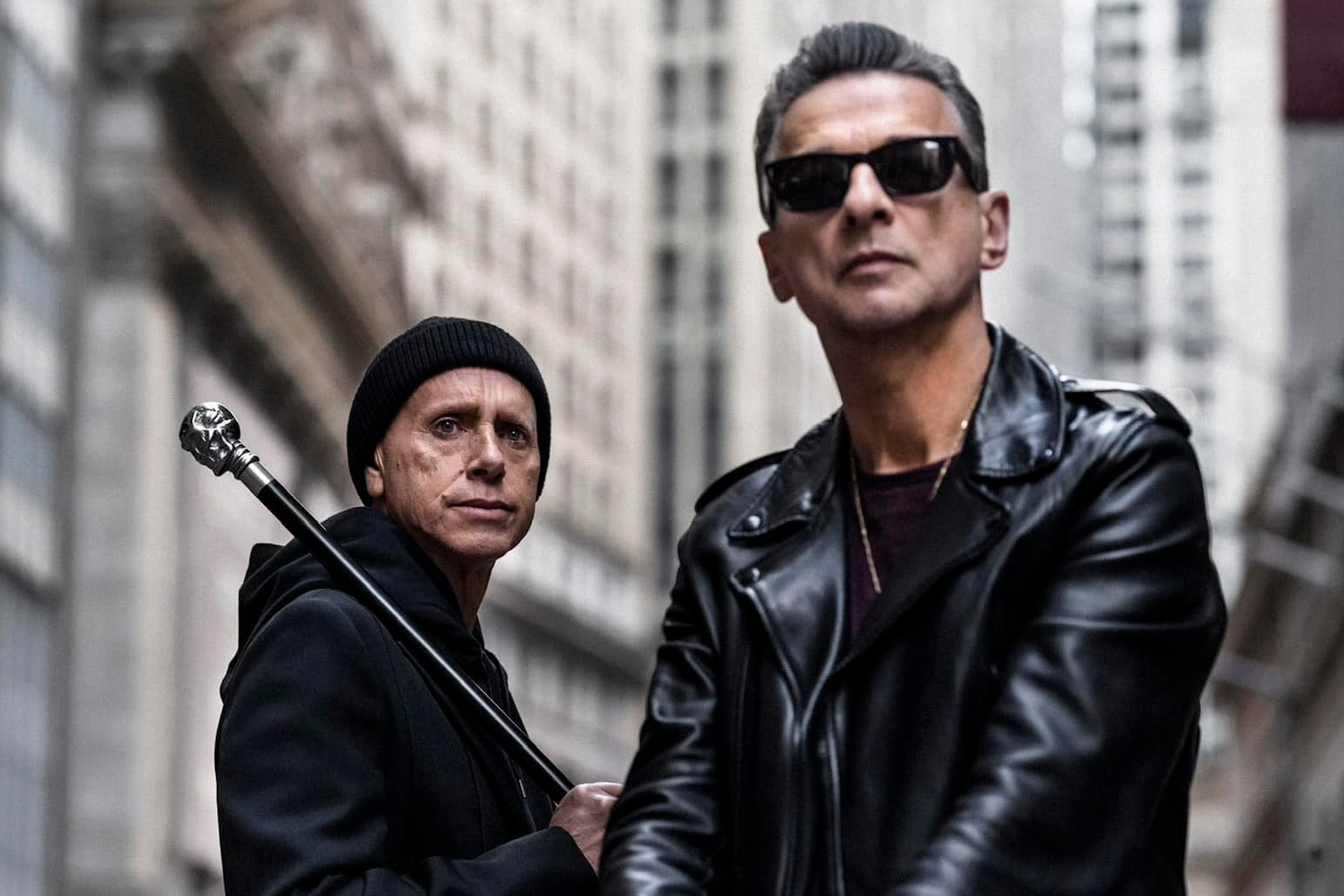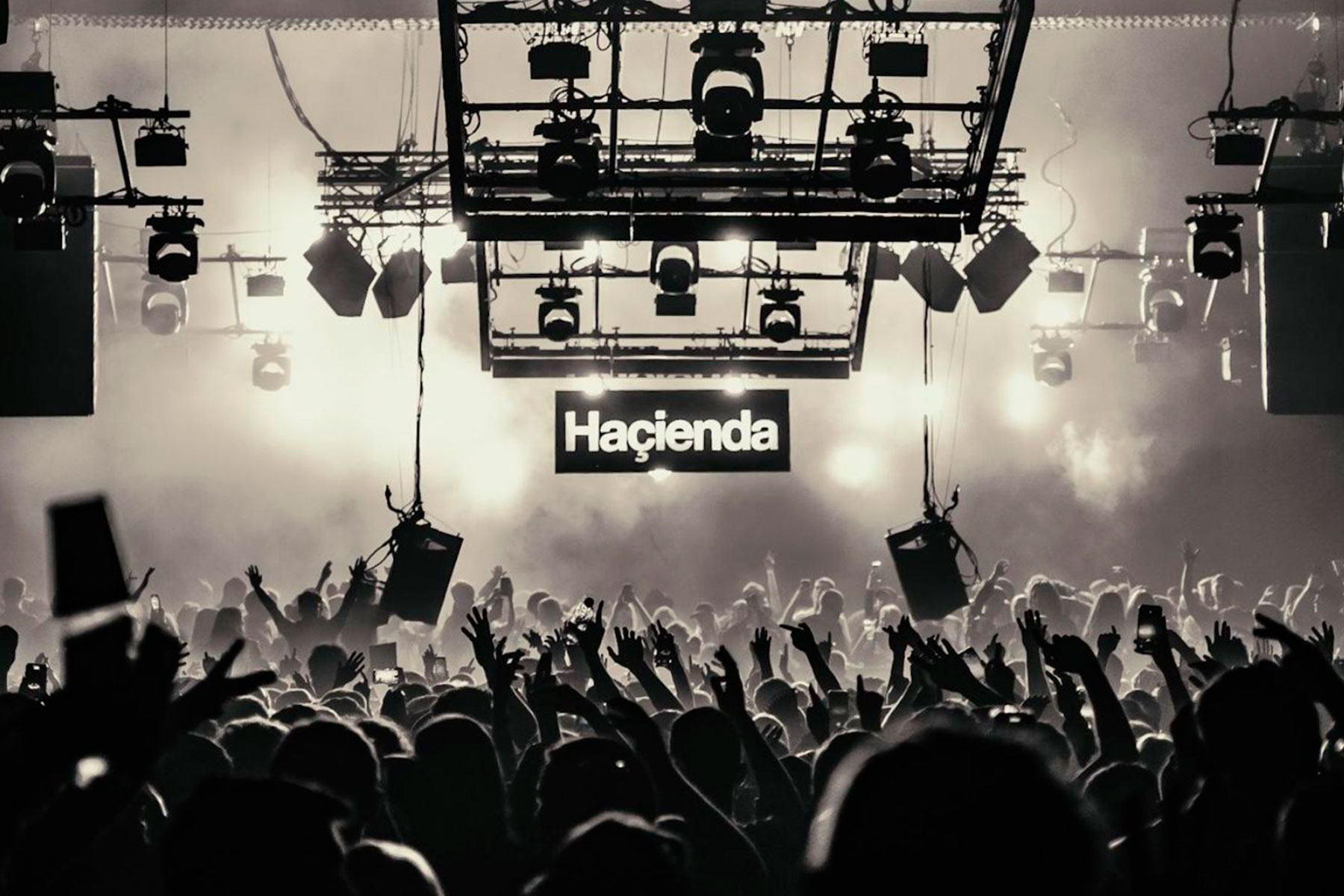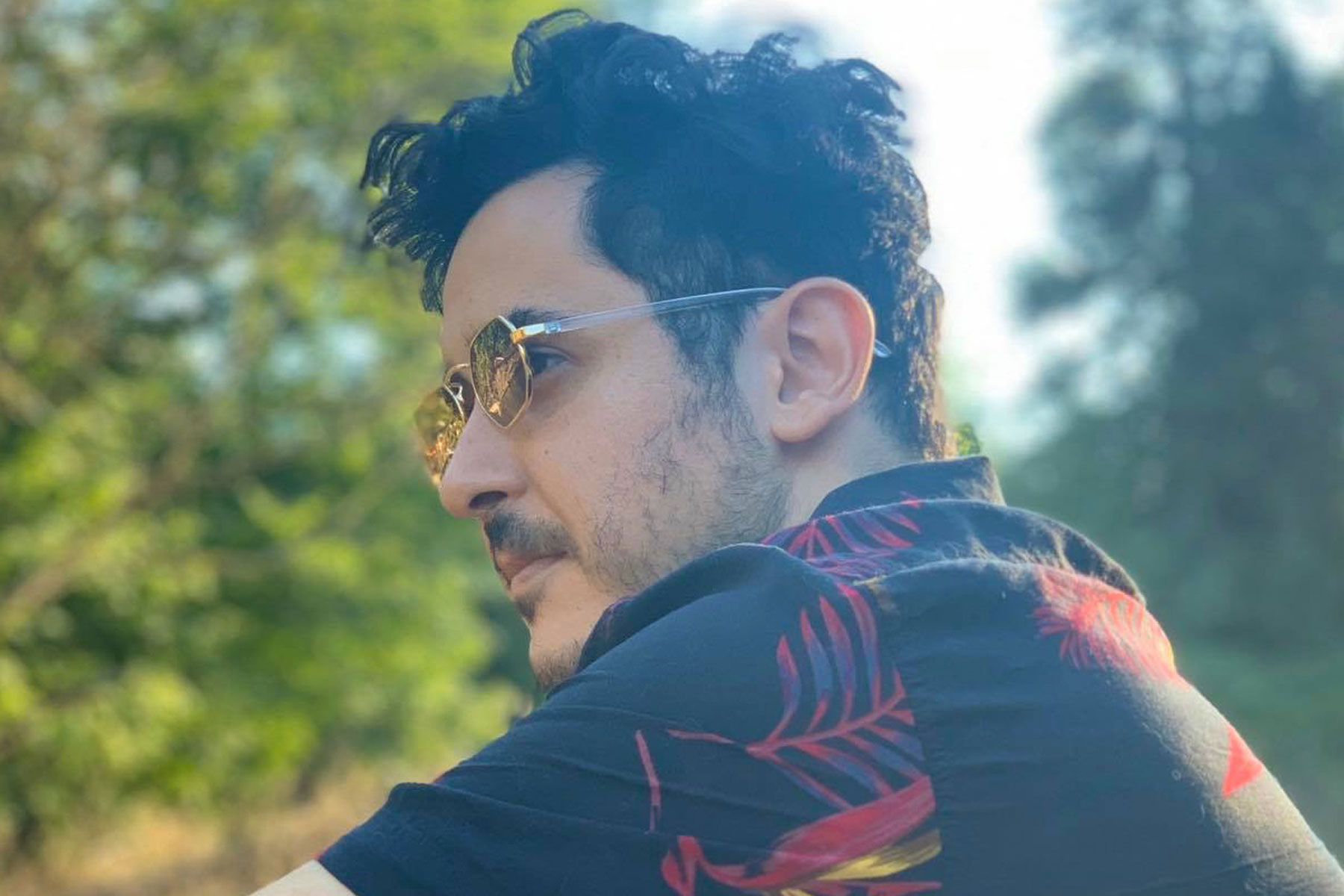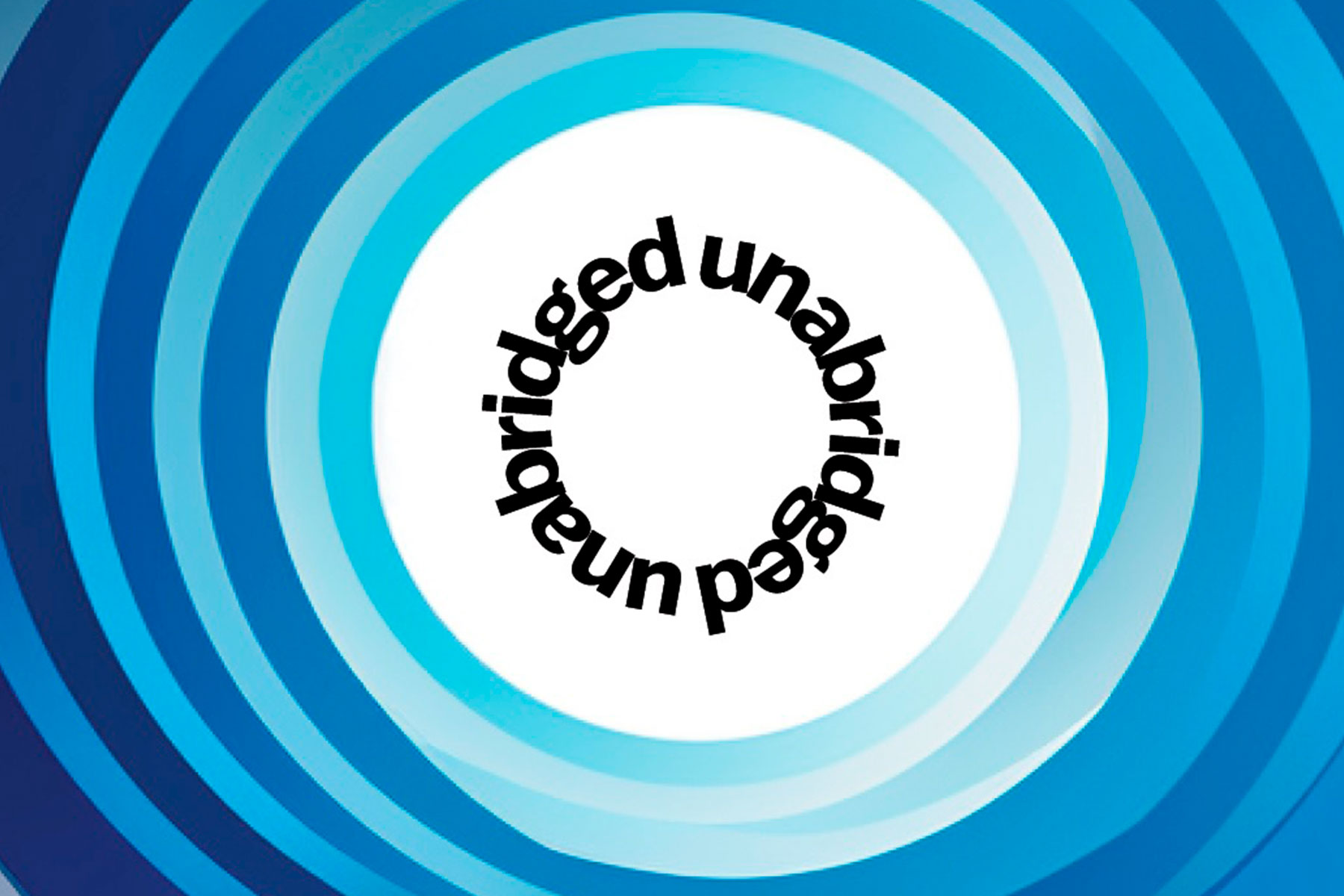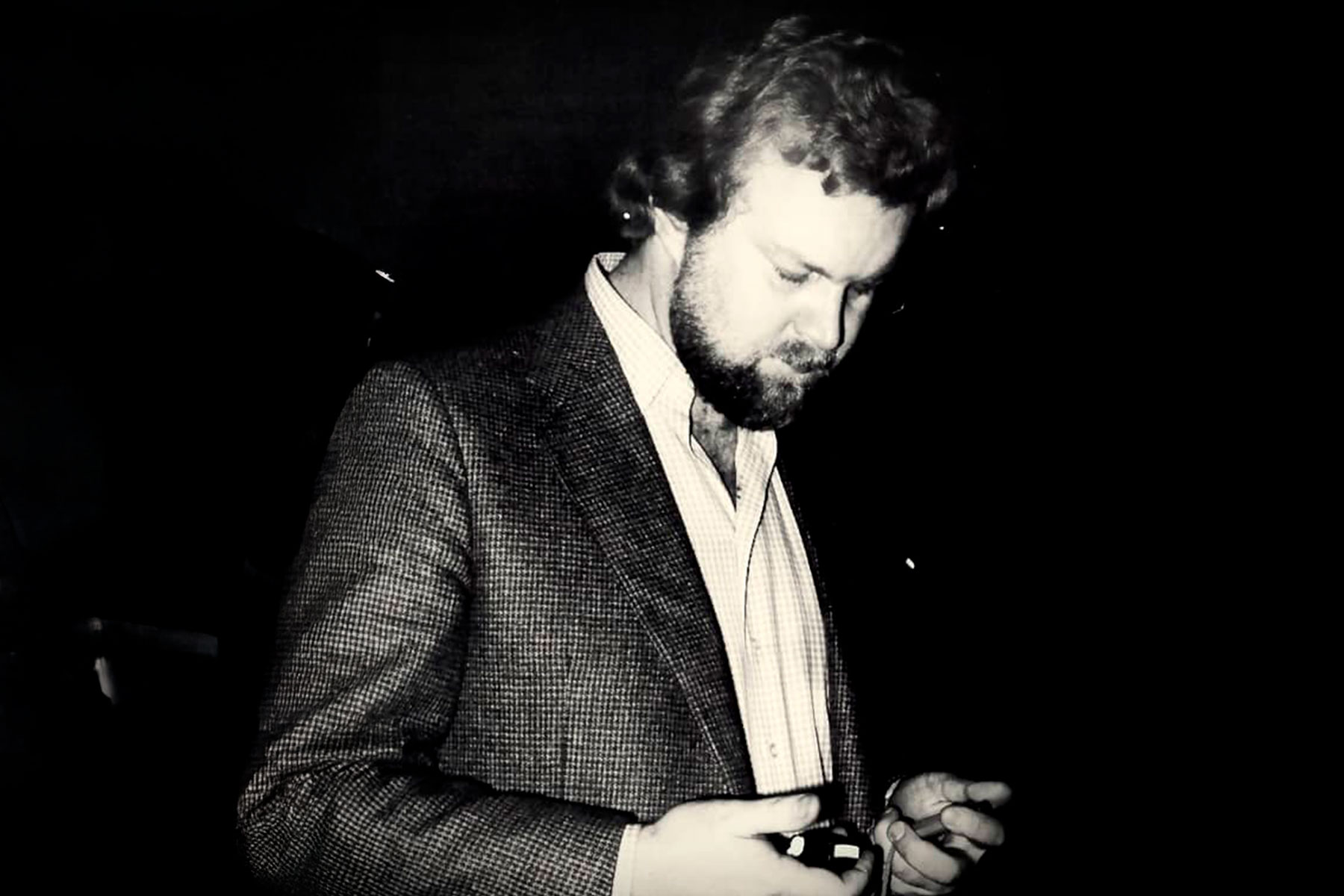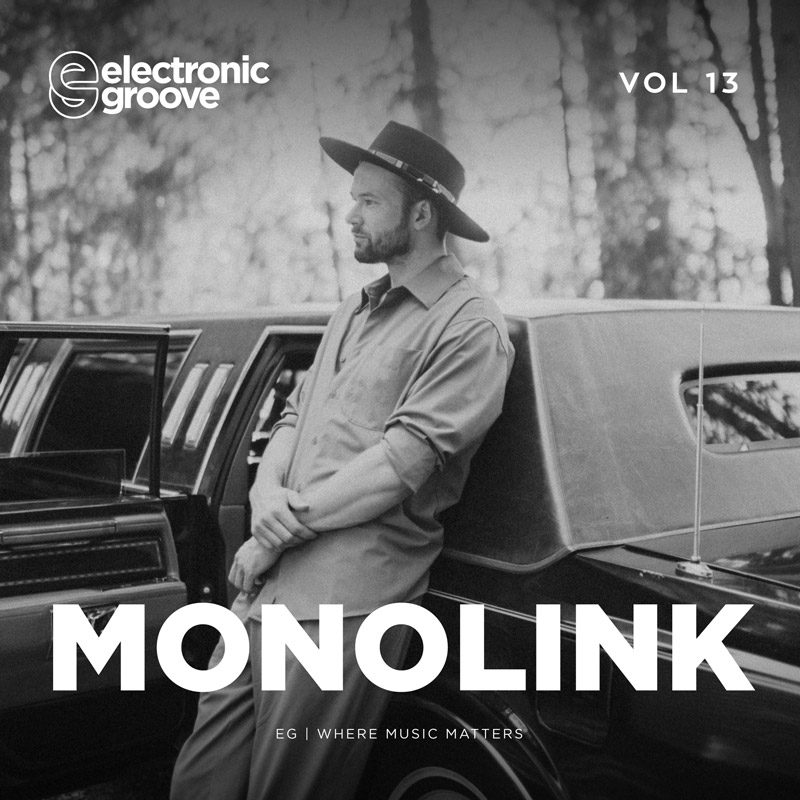Evans has brought his uniquely enticing brand of dancefloor-driven, organic, experimental Techno to Bedrock for the first time, with his 3-track ‘Futurism’ EP.
Evans is most certainly making an inspiring impact on the scene. Having recently enjoyed critically acclaimed releases on Berlin’s innovative Stil Vor Talent label and Sasha’s respected LNOE imprint, he also runs his own Dilate Records label.
Unveiling his finest work to date for his debut on John Digweed’s legendary label is a mark of the immense talent of this electrifying young DJ/Producer from Sheffield (U.K.), so we’ve decided to delve deeper and find out what key production techniques Evans utilized to create this dynamic EP.
01. Equipment used:
MFB Tanzbar, Moog Sub 37, Juno 106, Korg MS20, Behringer Modal D, Roland SH101
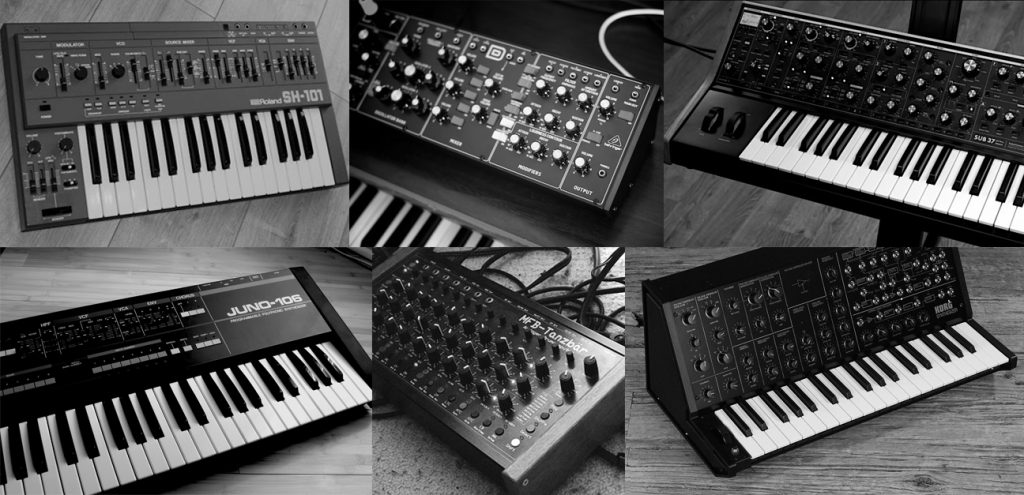
02. Process
Firstly, I always like to put some super cool music on, sit back and get into a positive musical mindset. This gives me musical energy and different ideas, all running around in my mind ready to be written down. I always like to jump onto the drum machine first to put together a simple pattern as a start point before writing the main riff.
Now, it’s onto choosing one of my many synths, to use as the main movement. This gives me great direction re which way the track is going to progress.
To make my music extra unique, I always like to spend a good amount of time creating my own personal sounds. Having all my drum machines and synths running together through a sequencer is a really special way to work.
I think writing whilst machines are all talking to each other can create moments that it is not always possible to achieve normally by using an individual synth. I find being on the move whilst in the studio helps me focus and become part of the music.
03. Layout
I use Ableton Live 10, as a quick and easy way to record and edit all the instruments and drums. I find it a really good DAW as it has all the tools I need to carve out special moments that I want to use in my final productions.
I don’t like to spend too much of my time in the DAW because it feels less productive, but it’s really important to get a good layout down. When I’m happy I have all the magic in the DAW, I can add anything I feel is missing, from build-ups to sample effects.
04. Mixdown
I have a rack mount of external EQs, Limiters, and Compressors, that I like to always use on all my music. They are all analog, so they give me a real clean, warm sound, which is exactly what I’m after. They make the mixdown process so much more fun. There is something about being hands-on with all the equipment that really makes it interesting and fun for me. I always find it most important to then step away for a few days, just to reset my ears. This helps me see the finished picture a lot clearer and any mistakes I may have made show up so much easier.
05. Master
When the track is finished to the standard I’m happy with – volume levels, reverb levels for all individual tracks are perfect – I then add mastering. I normally send my own master to labels to give them a complete picture, which puts it in a good place to be signed. Lots of labels use specific mastering engineers but I prefer to use my own because its exactly how I like my masters to sound.
Get your copy here.
Follow Evans: Facebook | Soundcloud | Instagram | Twitter




